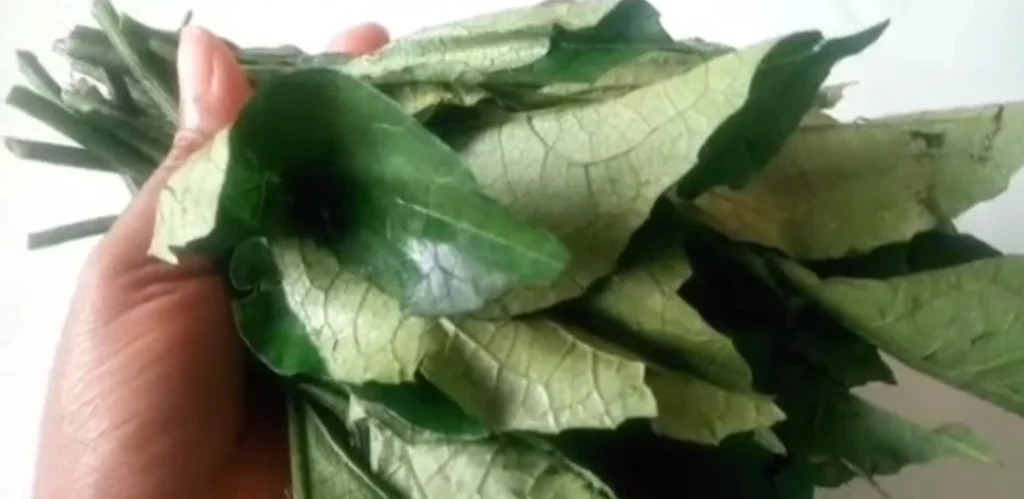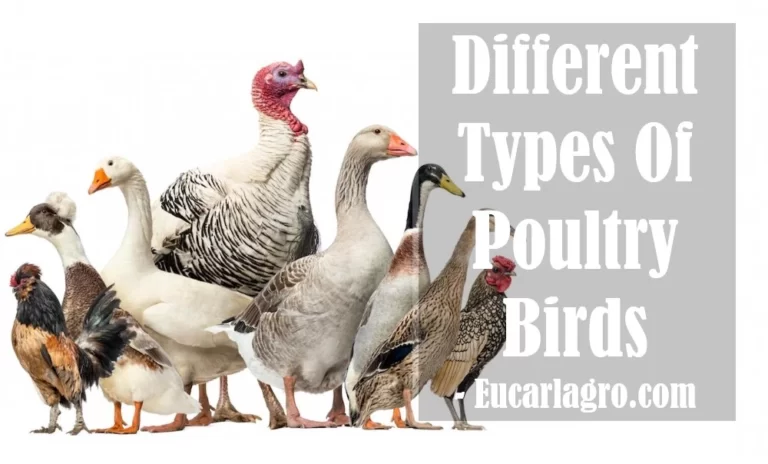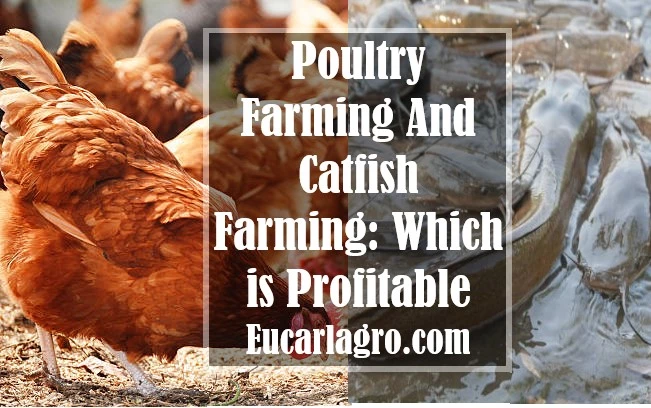How to Start Ugwu Farming Business In Nigeria
Ugwu (fluted pumpkin) is a vegetable plant used in countless Nigerian dishes, and for this reason, we would be discussing Ugwu Farming Business in Nigeria. When we mean countless Nigerian dishes, we mean that the list of dishes is long from Edikang- Kong, Egusi to Ogbono etc.
Ugwu farming is an ageless agricultural business in Nigeria that even our great-grandparents were involved in and made high profits and its worth hasn’t grown weak in our days, the only issue is that this generation has lost the knowledge and enthusiasm for ugwu farming hereby making the business look unprofitable.
This article aimed at helping you to identify the plant itself, the lucrativeness of the Ugwu farming business in Nigeria and the steps in Ugwu farming with ease and less production input.
How To Identify Ugwu Plant

Even though ugwu is one of the most popular plants in Nigeria and West Africa as a whole, many people born and bred in Nigeria cannot identify the ugwu plant by themselves. So here we would be analysing the physical structure of ugwu parts for the intention of easy identification. Then afterwards we can properly analyse the ugwu farming business in Nigeria.
Ugwu comes in two varieties, stamen and pistillate varieties. Nevertheless, their structure is not different. The main parts of the ugwu plant are; the fruit, seeds and most known, the leaves.
The Ugwu fruit is a large green podlike structure of 16- 105cm long and 9cm wide, that contains the ugwu seeds. The Fruit also contains a yellowish fleshy part found together with the seeds. A single ugwu fruit can bear up to 200 seeds depending on its size. The seeds are black and are the main structure for farming although the main commercial part is the leaves which we use for our various indigenous Nigerian soups.
Ugwu leaves are light green-coloured, net-like veined, tooth-edged, spear-shaped, alternately arranged compound leaves. With these features, even a foreigner would be able to identify the ugwu plant either by the large podlike fruit, black seeds or its prominent leaves.
Ugwu Farming Business In Nigeria and How Lucrative Is It?
Ugwu farming can be defined in layman’s terms as the act of cultivating ugwu (fluted pumpkin) for the aim of consumption and trade.
Ugwu farming business can be done either on a small scale (for self-consumption) or a large scale (for trade). The fruit, seed and leaves are all market-valuable but the most commercialized is the leaves which have countless medical and health benefits.
Regardless of the benefits of the ugwu farming business being multiscale structured, the main question is; is the ugwu farming business in Nigeria lucrative? And that is just what our focus is now.
Recent research data compiled from ugwu farming shows that an ugwu farmer who farms ugwu on an acre with N300,000 can make a profit of N100000 in a farming season when farmed in normal weather conditions.
The joy of Ugwu farming is that ugwu can grow vertically hereby saving land, and it hates too much water therefore making it suitable to be grown in dry seasons and lastly over 30 million Nigerian (almost all in southern Nigeria and many in the south) eat ugwu.
The yearly evaluation of the economic worth of ugwu has not yet been analysed or started but in 2016, Anambra state reported to have exported ugwu and now worth $ 5 million to Europe in a month. Now compare this figure to the other 35 states of Nigeria that might have better soil and a better labour force. With a valuation, we would be said to be exaggerating when we say the Ugwu farming business in Nigeria is very lucrative.
With all this clearly stated, we would move over to what brought you to our website which is steps in ugwu farming business in Nigeria.
It is noteworthy to state that our website eucarlagro.com is totally devoted to helping beginners, intermediates and professions sharpen their farming skills and knowledge. We have more topics on poultry farming from it’s equipment to the housing system to even their feeding procedure.
We are not just tied to poultry, and ugwu farming, but we have other amazing articles on breeds of cow, algae farming, catfish farming, snail farming and even rabbit farming. Just go to our menu and search for the article of your choice. We believe that you will end up subscribing to get new articles because our articles are very educative and fascinating.
Steps In Ugwu Farming Business In Nigeria
Standing on the existing protocol, here are the steps in the Ugwu farming business in Nigeria.
1. Select A Site
In site selection for the ugwu farming business, you have to be very cautious of some delicate factors:The pH, Quality of Sunlight, Soil quality and moisture content.
A land with a pH range of 6.5-7pH (neutral), sufficient sunlight and well-drained soil is the best selection for the ugwu farming business. Ugwu can strive on poor soil anywhere in the country but not one that is acidic or alkaline or one with poor sunlight, talk more of a soil that is waterlogged.
2. Prepare your land
Land preparation for the ugwu farming business is not complex when compared to other vegetables. All you need to do is to clear the land and apply manure for two weeks, and if you are using urea fertilizer which is also very good for ugwu farming so also NPK 15:15:15, you can apply it for a month after germination.
3. Source and prepare your seeds
If you recall, we mentioned that ugwu seeds are gotten from large green fruits. So the first thing to do is to get the fruit pods, scoop out the seed wash them to remove the juicy flesh covering it then sundry them for a week. But if you don’t like stress, you can easily buy the dried seeds from local markets or from other farmers.
4. Planting

Planting ugwu is very easy. But before mentioning the steps, you have to know that ugwu grows well from April to May because of the dry season (absence of rainfall). With this we can now proceed.
By now, we presume that you have selected and prepared your land and also sourced good seeds. Now plant each seed one foot apart. Insert the seeds vertically with the pointed edge placed downward into the soil. Shallowly plant it into the soil 15 to 25cm deep.
After laying the seeds, water the seed every day and weed the soil every two weeks. Protect your farm from pests especially insect and fungi pests by spraying insecticides and fungicides to avoid the diseases associated with those insect pests, like white leaf spot and telferia mosaic virus disease.
Under good conditions, the ugwu you planted should germinate in 1 or 2 weeks. The next step is to stake the shoot with a 1-2 metres stick. This is because ugwu is a crimping plant and this practice of stacking will help the ugwu to do better than those that are not staked and prevent infestations, nevertheless, staking isn’t compulsory.
Another ugwu farming practice that has worked for many generations is topping. Topping simply means cutting the leaves(about 8 notches) at the top to increase sidewards growth. It is done 3 weeks after germination. Just like staking it is not compulsory but can be very advantageous.
5. Harvesting

Ugwu is not a plant that takes long to get mature for harvest. Ugwu is best for harvest 2 months after planting. Harvest can go on for 8 months in intervals of 15 days. So when we say the ugwu farming business is very lucrative we weren’t working with assumptions, here’s some evidence.
And the interesting fact about ugwu farming is that in 6 months your ugwu plant would start fruiting. And the fruits can be sold or replanted.
So all you need do is to use a knife and cut the quantity of your choice in a way that the main vine of the plant won’t be damaged. It is best to cut from the nodes of the stem, using your hand to support the base. This applies to the leaves. But for the fruit and seeds, leave the tendrils to dry and then fall off.
6. Storage
Now that we know the ugwu plant is hydrophobic or nonwater loving, we need to know how to store the plant either the fruit, seed or leaves in a way that they won’t damage.
Let’s begin with the fruit. The best way to store the fruit is by keeping it in a dry place with very low moisture but the only thing is that it should be kept for more than a month, it is more advisable to sell it out immediately or extract, wash and dry the seeds. Knowing this how do we store the seeds?
Although ugwu grows better in dry soils, the seeds are recalcitrant meaning that they cannot survive without a percentage of water of about 40-60%. Ugwu seeds and desiccation hate each other. But experience farmers’ advice that the seeds be planted right away even if you don’t space, you can do it in little pots or fabric bags before transplanting into the farm.
For the ugwu leaves, the normal way to keep them if you live in a place with a steady power supply is to dry, cut and refrigerate them using a ziplock bag.
But with the issue of inadequate power supply, the best way is to first dry it totally until there is no trace of water, arrange the leave very well, then use two clean newspapers to wrap it up, fold and tie it with a rubber band. The newspaper should be changed every 5 days depending on when you want to use it.
Conclusion
As we wrap up, let’s reiterate some important points. Ugwu is also known as fluted pumpkin. It is the most popular vegetable in Nigeria and is used in many dishes. Ugwu comes in two types, pistillate and staminate ugwu. Ugwu doesn’t like water and grows in neutral pH. Ugwu terminated in 1 to 2 weeks and is mature for harvest in 2 months. It can be harvested in a space of 15 days in 8 months. And the fruits grow in 6 month.
With this draw a curtain. Do well to comment, share, subscribe and search for more interesting articles in agriculture.

![How To Start Ostrich Farming In Nigeria ([year]): Full Guide Ostrich Farming](https://eucarlagro.com/wp-content/uploads/2023/11/Start-Ostrich-Farming-In-Nigeria.webp)
![How To Start a Quail Farming in Nigeria [Detailed Guide] Quail Farming in Nigeria](https://eucarlagro.com/wp-content/uploads/2023/11/quail.webp)



